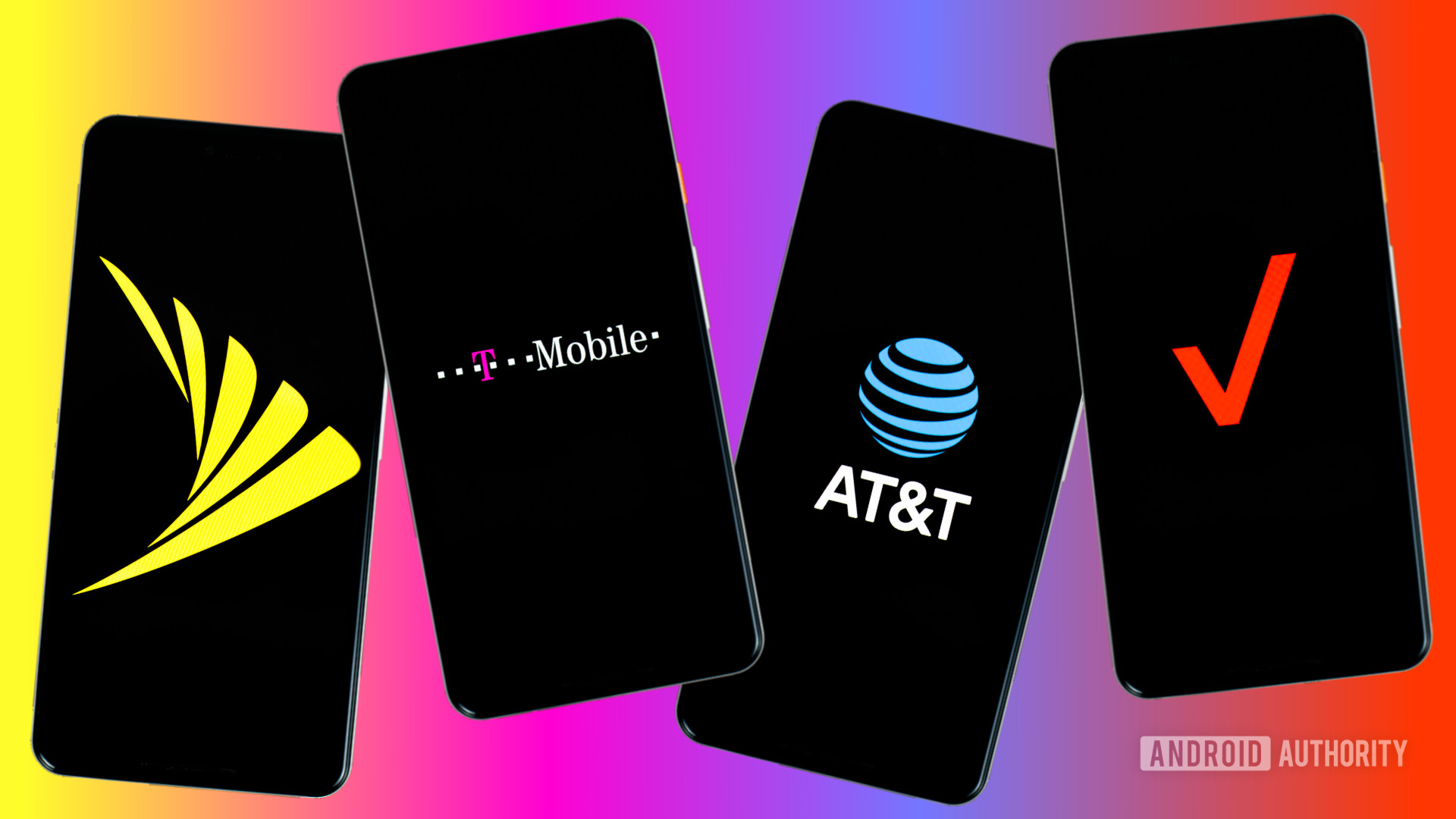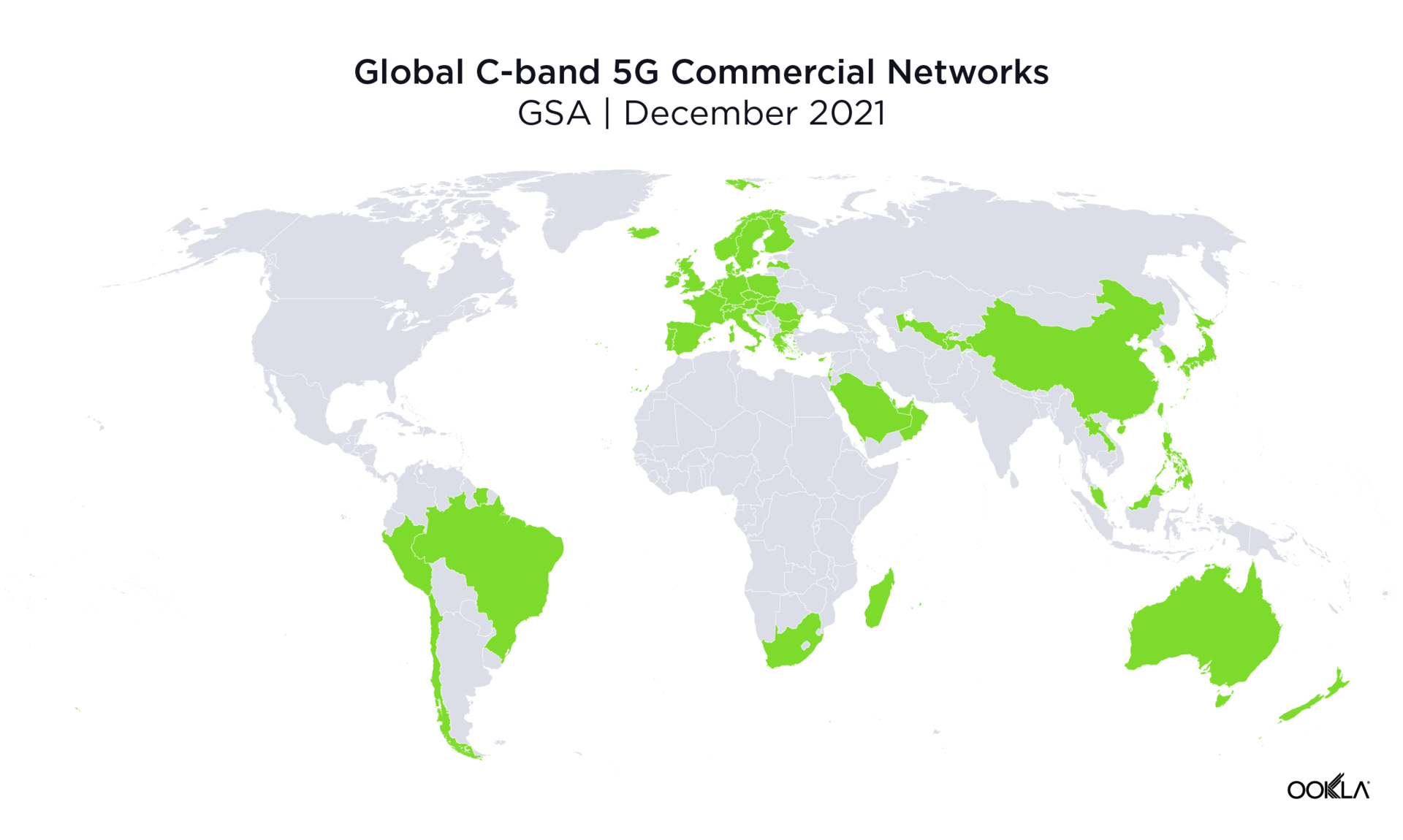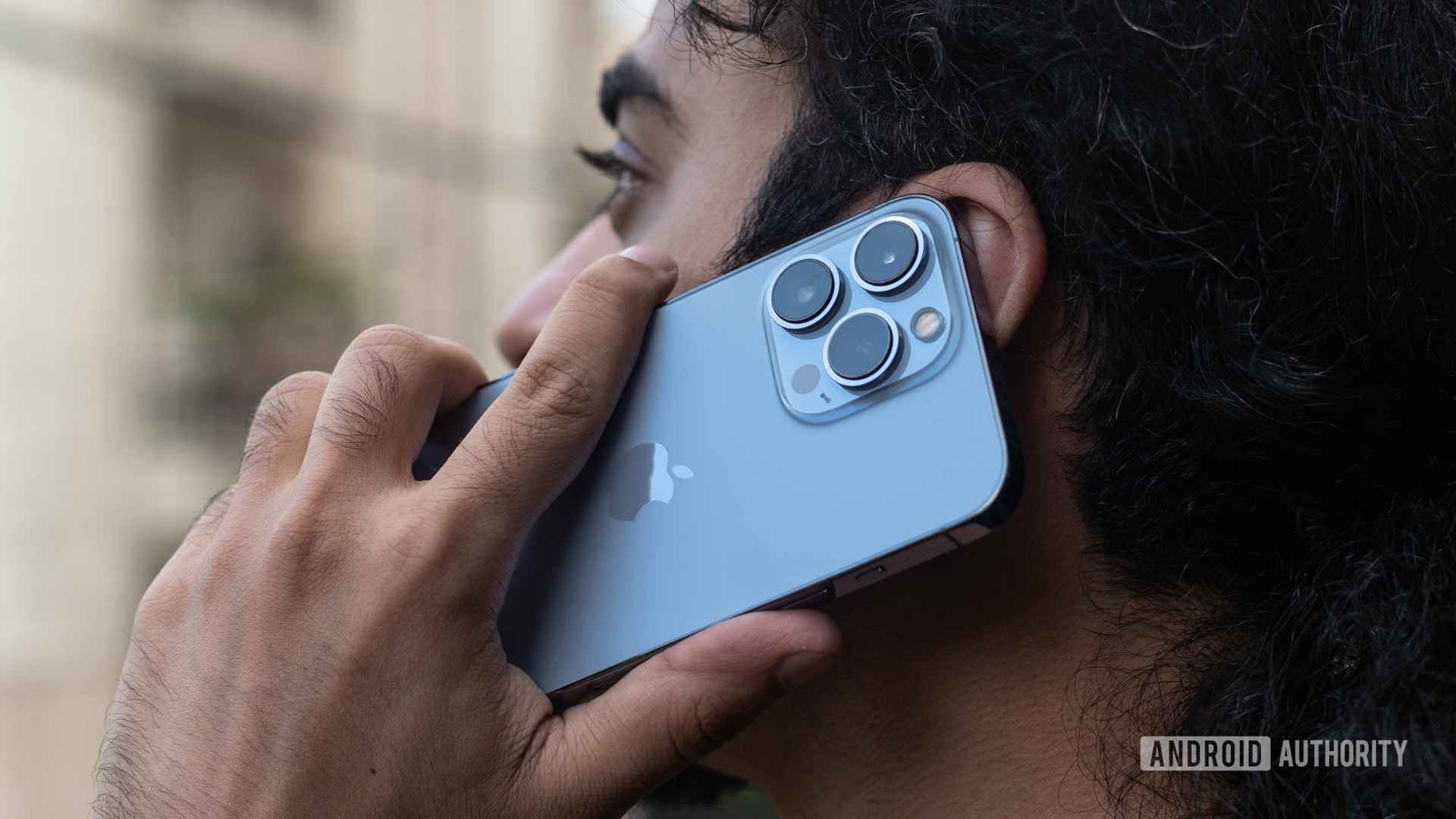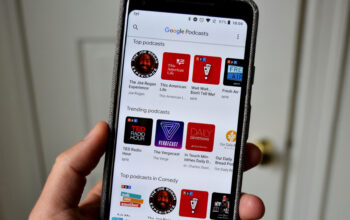
Luke Pollack / Android Authority
5G nomenclature is already a rather complex and winding topic, and it’s received yet another layer of convolution with the introduction of C-Band 5G. The term hit the headlines when AT&T and Verizon added support for C-Band 5G to their networks in January 2022. But don’t fret, it’s thankfully not a whole other standard to get to grips with. Instead, this latest term in the growing 5G lexicon simply refers to the introduction of more frequency bands into the already broad spectrum landscape.
The TDLR is that C-Band 5G allows carriers to increase their spectrum diversity through the use of mid-band frequencies, bringing faster speeds and better coverage to their customers who own compatible smartphones. The term covers an important piece of spectrum for carriers aiming to provide median rather than just peak 5G speeds in excess of 100Mbps.
Read more: What is 5G, and what can we expect from it?
If you’re eager to learn a little bit more about what is C-Band 5G and where is it available, then read on for Android Authority’s complete guide on the topic.
C-Band 5G: Everything you need to know

You may already be familiar with 5G spectrum terms like mmWave and sub-6GHz, which define a range of network frequencies and bands used by carriers to send and receive 5G data. C-Band is another one of those terms, although it’s most typically associated with US network deployments.
More specifically, C-Band refers to radio frequency bands between 4 and 8GHz, according to the Institute of Electrical and Electronics Engineers (IEEE) — although in the case of the US, the FCC designates the range as between 3.7 and 4.2GHz. Technically, that’s already classed as a sub-6GHz spectrum, and the International Telecommunication Union (ITU) has divided up C-band into the n77 (3.7GHz), n78 (3.5GHz), and n79 (4.7GHz) bands you’ll find in use around the world right now. So you could already be reading this on a C-Band 5G connection.
C-Band occupies a frequency sweet spot in terms of broad coverage and fast speeds.
The term has a slightly different connotation in the US, where the spectrum was previously allocated for satellite TV back in the 1970s. In 2020, the FCC announced that it would reallocate much of this spectrum for 5G use. The subsequent auctions around the 3.7GHz band ended in February 2021 and raised $81 billion, with the majority of band licenses grabbed by AT&T and Verizon.
C-Band 5G is so popular because it occupies a frequency sweet spot in terms of wide coverage and fast speeds. You may have noticed that the FFC’s definition falls right between the popular 2.4 and 5GHz Wi-Fi bands. If you’ve been following sub-6GHz deployment, you’ll know that these frequencies form the backbone of 5G coverage as they offer superior range compared to mmWave, making them well suited for rural as well as urban coverage. This explains why AT&T and Verizon, which had previously focused heavily on mmWave deployment, are particularly interested in these bands. Data from speed test behemoth Ookla highlights that T-Mobile is way ahead in median 5G network speeds, owing to its superior sub-6GHz coverage.
Where is C-Band 5G available?

Edgar Cervantes / Android Authority
As previously mentioned, the global 5G spectrum that could be classed as C-Band is already widely in use around the world. Specifically, bands n77, n78, and n79 are up and running across Australia, China, the European Union (including the United Kingdom), Hong Kong, Isreal, Japan, New Zealand, the Philippines, Singapore, South Korea, and more.
By comparison, the US situation is in the much earlier stages, owing to delayed licensing and aviation disputes, which we’ll get to in a minute. Verizon flipped on its C-Band 5G switch on January 19, 2022. The carrier has yet to provide a coverage map for these latest frequencies but wants to bring its 5G Ultra Wideband service to 1,700 cities by the end of January. Customers will see a “5G UW” or “5G UWB” icon when connected to this part of its network.
AT&T also activated its C-Band service on the same date, with Austin, Dallas-Fort Worth, Houston, Chicago, Detroit, Jacksonville, Orlando, and South Florida covered in the initial rollout. AT&T devices will display a 5G+ indicator when connected.

It’s worth noting that AT&T and Verizon have voluntarily agreed to limit C-Band 5G deployment in the vicinity of airports until July 2020, owing to an ongoing dispute over whether the technology interferes with aircraft radio altimeters. The FCC is testing and certifying flight altimeters to check for C-Band interference and has a 220MHz “guard band” already in effect. The airport argument appears to be easing off, but time will tell if these efforts are enough to appease the airlines. Other countries have similar restrictions on C-Band use near airports. Fortunately, other 5G frequencies can still be used in and around airports, so your coverage shouldn’t drop out.
Although AT&T and Verizon may have pinched the most recent headlines, they’re not the only US carriers with C-Band and similar sub-6GHz frequencies at their disposal. T-Mobile purchased an average of 40MHz of C-Band, which it plans to deploy to over 225 million people. Not forgetting it already snapped up Sprint’s 2.5GHz (n41) mid-band spectrum in the merger, which serves a similar widespread coverage purpose to C-Band. Minor carriers that piggyback on AT&T and Verizon networks, such as Visible, will also benefit from C-Band coverage.
See also: 5G plans in the US — What are your options?
Does my phone support C-Band 5G?

Dhruv Bhutani / Android Authority
As C-Band 5G already falls under well-defined sub-6GHz bands, many existing 5G phones already support the required technologies. Below is by no means a complete list of popular phones that feature the necessary bands, and do note that some carrier requirements may vary, especially when bringing your own handset. For example, the Pixel 6 is not yet C-Band certified on Verizon’s network, despite appearing to support the necessary hardware.
AT&T and Verizon compatible handsets
Other global “C-Band” phone examples
If your phone isn’t on the list above, peruse its specification sheet for mention of the n77, n78, and n79 5G bands and crosscheck those against your carrier requirements. Failing that, check in with your carrier’s support team to see what they say about your handset.
See our list: The best 5G phones you can buy right now



